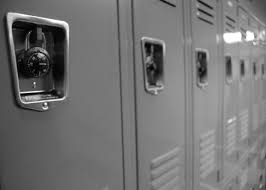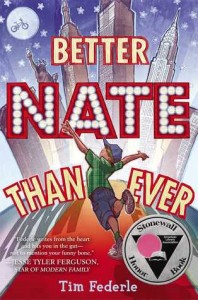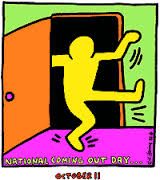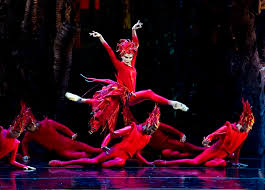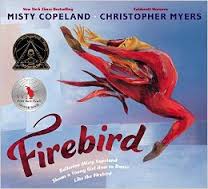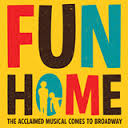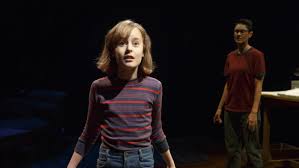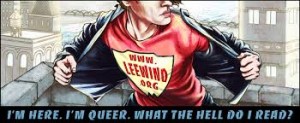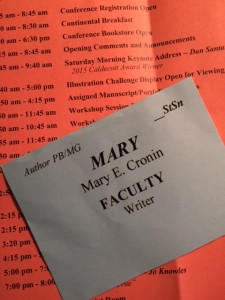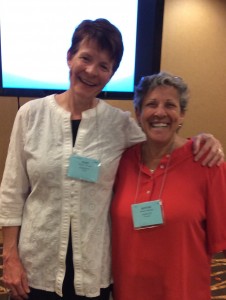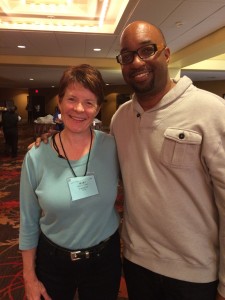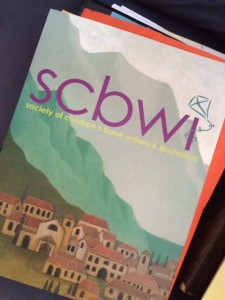I was shaken recently when a friend relayed a story from a school in my liberal state of Massachusetts: an 8th grader received an anonymous note at school, to the effect of “Faggot- hope you kill yourself.”
In my writer world, I admit I get lulled into a sense of security– look at the praise heaped on books like Alex Gino’s GEORGE and Tim Federle’s BETTER NATE THAN EVER! Things are better. So much better!
In my adult world, as an out lesbian, I sometimes forget how hard it is to come out, to BE out, to risk safety and relationships to be who you are.
That story of the 8th grader reminded me. Not so fast. We have more work to do. More books to write. This is what drives me to write my current novel, Tomfoolery, about a boy who is trying to muster the courage to be who he is.
More vigilance. More supportive adults. Let’s keep at it, with organizations like GLSEN and Rainbow Boxes and The Trevor Project and Lee Wind’s blog. We need to keep being visible. We need to be there for our youth!

